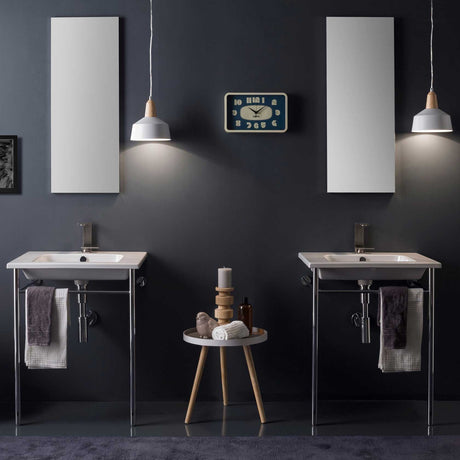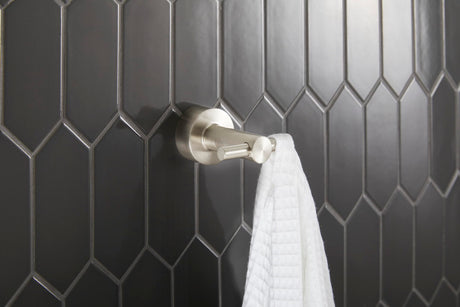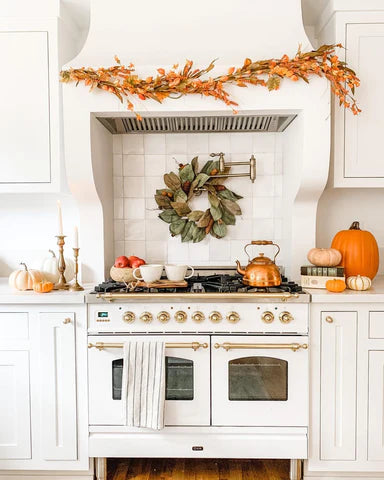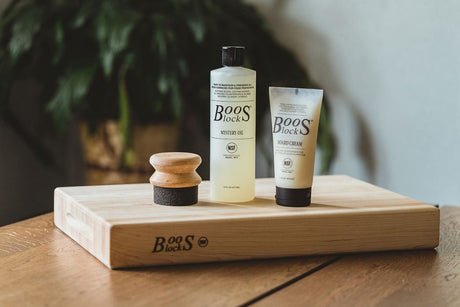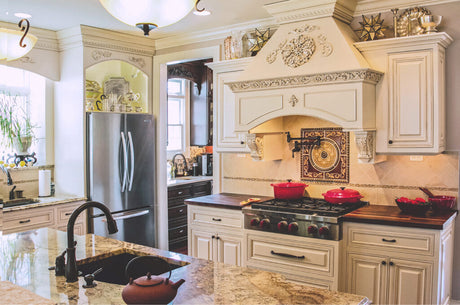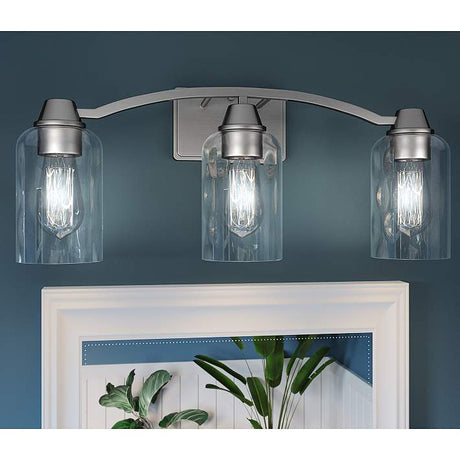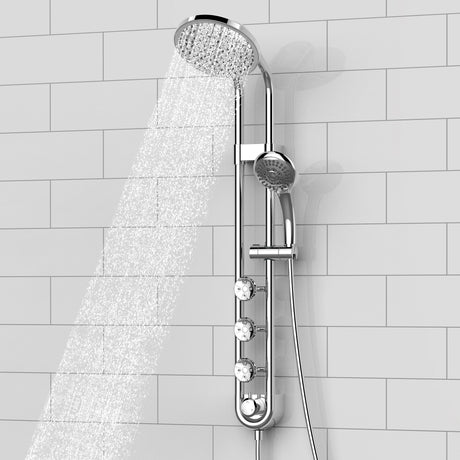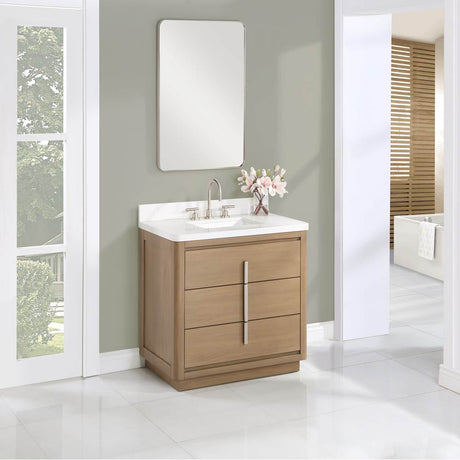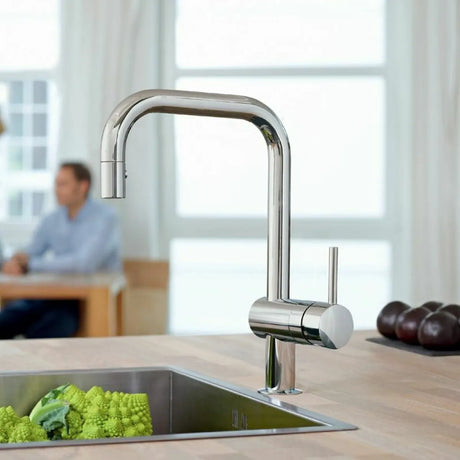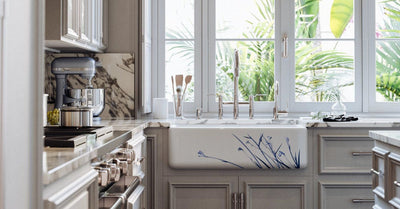The kitchen faucet is an essential fixture that we often take for granted. It provides us with clean water for cooking, cleaning, and drinking. However, have you ever wondered about the fascinating history and invention behind this mundane yet indispensable component of our kitchens? In this blog, we embark on a journey through time to explore the remarkable transformation of the kitchen faucet from its early origins to the modern marvel we know today.
Early Origins:
To understand the origin of the kitchen faucet, we need to go back thousands of years to ancient civilizations. The earliest known evidence of plumbing systems dates back to ancient Mesopotamia and the Indus Valley Civilization, where people established rudimentary water supply and drainage systems. Although these systems lacked faucets as we know them today, they paved the way for future innovations to come.
Ancient Greece and Rome made significant advancements in water distribution, with aqueducts and plumbing systems cutting through cities. These remarkable feats of engineering brought clean water to homes, albeit without the convenience of a faucet. Instead, water was manually fetched from public fountains and carried inside.
The Invention of the Faucet:
It wasn't until the late 19th century that modern plumbing fixtures began to take shape. The credit for the invention of the faucet can be attributed to the British inventor Thomas Campbell, who patented the first "self-closing" tap in 1880. Campbell's invention allowed for water supply to be controlled with ease, preventing unnecessary wastage.
Improving upon Campbell's design, engineers Thomas Bradford and Benjamin Moen made significant contributions to the evolution of the faucet. Bradford introduced the simple compression faucet in 1899, which controlled the flow of water using a screw-down valve. Meanwhile, Moen's invention of the now ubiquitous single-handle mixing faucet in 1937 revolutionized the way we use faucets in our homes to this day.
Technological Advancements:
With the advent of the 20th century, technological advancements in materials and manufacturing processes further propelled the evolution of the kitchen faucet. Enjoying newfound popularity and demand, faucets evolved from simple mechanisms to stylistic pieces of art that complemented kitchen aesthetics.
The introduction of stainless steel in the 1930s brought a durable and corrosion-resistant material to faucet construction. This allowed for the production of sleek, elegant designs that catered to various styles and preferences. Additionally, the development of ceramic disc cartridges in the late 1950s enhanced reliability, durability, and the ability to regulate water flow and temperature more accurately.
Modern Innovations:
Today, the kitchen faucet has become an epitome of functionality and style. Moreover, recent advancements in technology have transformed the traditional faucet into a touchless, sensor-activated wonder. Touchless faucets, enabled with motion sensors or voice command technologies, provide a more hygienic and convenient way to access water without touching any surfaces. Furthermore, smart home integration allows voice assistance and automatic adjustments based on user preferences, bringing the kitchen faucet into the realm of the Internet of Things (IoT).
Conclusion:
The humble kitchen faucet has come a long way from ancient water systems to the sophisticated marvels of modern engineering we see today. With each passing century, the innovation, creativity, and dedication of inventors and engineers have transformed a mere utility into a functional piece of art that enhances our daily lives. As we appreciate the convenience and elegance of our kitchen faucets, let us remember the history and inventors who played a pivotal role in shaping this essential fixture.


